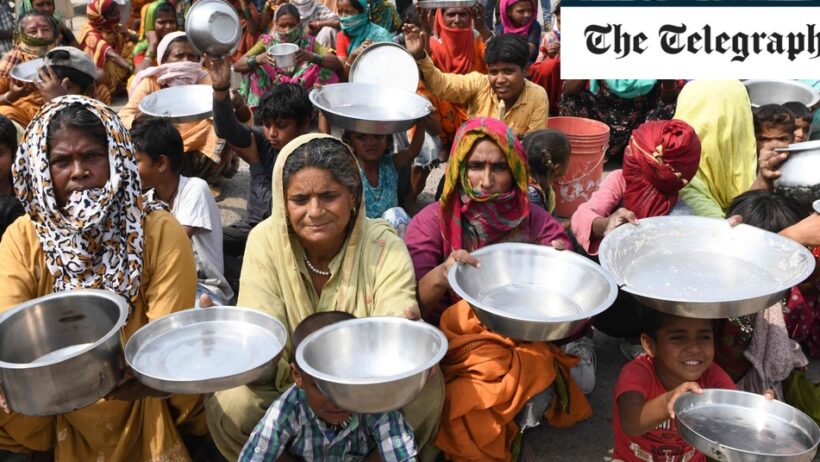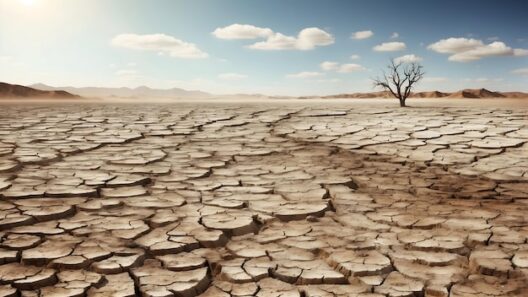Global warming, a relentless phenomenon intensifying over decades, is not merely a change in climate; it is an intricate web of consequences that extends far beyond rising temperatures. As the planet warms, an insidious and often overlooked consequence emerges: the proliferation of infectious diseases. This relationship between climate change and the spread of disease requires a nuanced understanding, as it encapsulates ecological dynamics, human behavior, and public health intricacies.
First, let us delve into the fundamentals of global warming. Greenhouse gases, chiefly carbon dioxide and methane, trap heat in the Earth’s atmosphere, leading to elevated temperatures. The subsequent alterations in weather patterns disrupt ecosystems, rendering certain regions more susceptible to the proliferation of disease vectors, such as mosquitoes and ticks. The expansion of these vectors into new territories is facilitated by warmer climates.
The manifestation of infectious diseases often correlates with shifts in the distribution of these vectors. Malaria, dengue fever, and Lyme disease exemplify how rising temperatures can increase the geographical spread of diseases that were once region-specific. In sub-Saharan Africa, for instance, malaria has been endemic; however, the encroachment of warmer temperatures has resulted in elevated transmission rates in hill and highland areas previously thought to be safe. The notion that climate change provides an evolutionary boon to vectors, enabling them to thrive in previously inhospitable environments, is both alarming and urgent.
Moreover, the relationship between climate change and its impact on agriculture further exacerbates public health concerns. Extreme weather events, such as droughts and floods, contribute to food scarcity and malnutrition. These conditions create a fertile ground for opportunistic infections and diseases to take hold. The immune system, weakened by inadequate nutrition, becomes less capable of combating infections, paving the way for outbreaks. Food insecurity, exacerbated by climatic volatility, transforms communities into breeding grounds for health crises.
In addition to vector-borne diseases, the warming world also gives rise to zoonotic diseases, which are infections that jump from animals to humans. Wildlife encroachment into human habitats, driven by habitat loss and climate disruption, increases the chances of pathogen spillover. For example, the emergence of COVID-19 serves as a stark reminder of how human activities can catalyze disease outbreaks. Bats, pangolins, and other wildlife harbor a variety of viruses; as their habitats are disturbed, the risk of transmission escalates significantly.
Furthermore, rising temperatures can also accelerate the incidence of respiratory diseases. The warming atmosphere facilitates the proliferation of allergenic plants and molds, leading to increased incidences of asthma and allergenic reactions. The interplay between climate change and air pollution creates a grim synergy, with warmer temperatures leading to increased ground-level ozone, a potent lung irritant. Vulnerable populations—those with pre-existing health conditions—are disproportionately affected, leading to greater inequalities in health outcomes.
Addressing the question of how we respond to these interwoven challenges is critical. Mitigation and adaptation must form the backbone of any public health strategy in the face of climate change. Reducing carbon emissions, transitioning to renewable energy, and incorporating sustainability in every facet of societal functioning are urgent imperatives. However, adaptation goes beyond limiting greenhouse gas emissions; it involves preparing for the inevitabilities of a warming world.
For instance, enhancing surveillance systems for disease outbreaks is essential. Public health infrastructures must evolve to rapidly identify and respond to emerging threats. Collaboration between healthcare sectors, environmental scientists, and policymakers can foster a holistic understanding of the anticipated challenges posed by climate change. Moreover, investing in local healthcare systems can strengthen community resilience against emerging infectious diseases facilitated by global warming.
Moreover, education and awareness initiatives cannot be overlooked. Communities need to be informed about the link between climate change and health to foster proactive behavior. Empowering individuals and local leaders to advocate for changes in policy can amplify the impact of grassroots movements focused on both climate action and public health improvement.
To emphasize the urgency of our current trajectory, consider the potential future scenarios. As global temperatures continue to rise, the World Health Organization predicts that infectious diseases will cause a staggering number of deaths, with millions falling victim to heat-related and vector-borne illnesses. The convergence of climate change and disease proliferation is not a distant threat; it is a palpable reality that necessitates immediate action.
Ultimately, the warming world’s plagues present both a challenge and an opportunity—a chance to reassess our relationship with the environment and prioritize health equity in the face of changing climates. As the planet continues to warm, we must underscore the interconnectedness of human health, ecological stability, and climate resilience. By embracing a comprehensive and informed approach, we can mitigate the spread of disease while fostering a healthier planet for generations to come.








